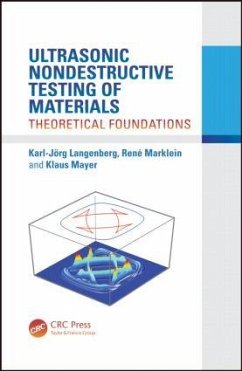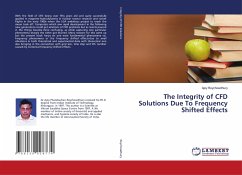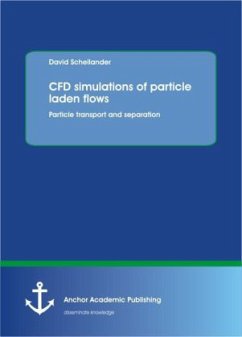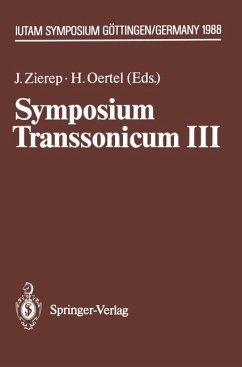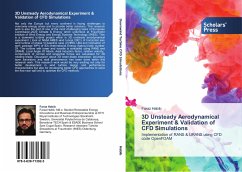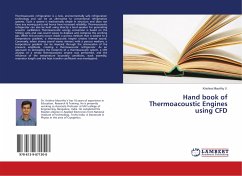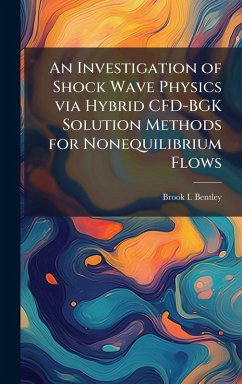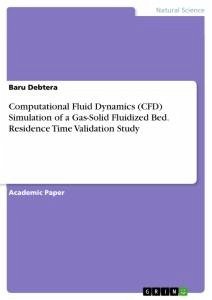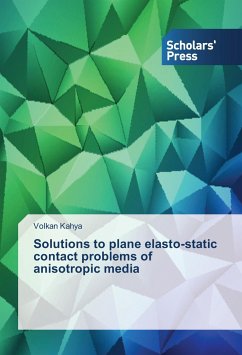
Simulations on traveling-plane-wave-based micropumps and microswimmers
Modeling flow-fields and rigid-body kinematics of fully-submerged bio-inspired microsystems with deforming extremities
Versandkostenfrei!
Versandfertig in 6-10 Tagen
27,99 €
inkl. MwSt.

PAYBACK Punkte
14 °P sammeln!
A biologically-inspired micropropulsion method is studied via a series of CFD models managing time-irreversible inextensible wave propagation in a viscous medium. First, pump effect of a fully submerged and anchored thin-film with time-irreversible plane-wave propagation is analyzed by means of resultant channel flow, hydraulic power consumption, and efficiency while performing in a microchannel. Next, propulsion velocity, power consumption and hydrodynamic efficiency of a fully submerged and untethered bio-inspired microswimmer, employing single wave-propagating slender tail, are analyzed wit...
A biologically-inspired micropropulsion method is studied via a series of CFD models managing time-irreversible inextensible wave propagation in a viscous medium. First, pump effect of a fully submerged and anchored thin-film with time-irreversible plane-wave propagation is analyzed by means of resultant channel flow, hydraulic power consumption, and efficiency while performing in a microchannel. Next, propulsion velocity, power consumption and hydrodynamic efficiency of a fully submerged and untethered bio-inspired microswimmer, employing single wave-propagating slender tail, are analyzed with respect to parameterized design variables. All models are governed by dimensionless incompressible Navier-Stokes equations subject to conservation of mass and incorporated with the arbitrary Lagrangian-Eulerian mesh scheme, simultaneously handling moving and stationary boundaries. The resultant rigid-body motion of the swimmer is modeled via incorporating interactions between surrounding viscous fluid and swimmer surface with the rigid-body kinematics, in 3D. Numerical results are compared with the asymptotical results to analytical studies, carried out earlier, based on 2D flow assumptions.



